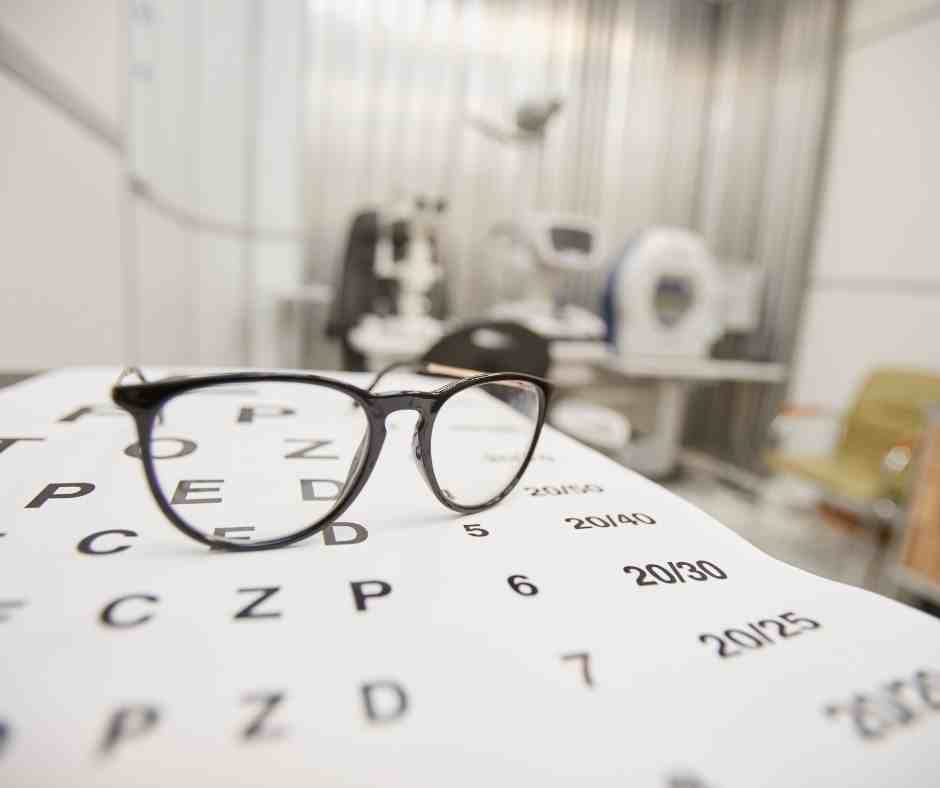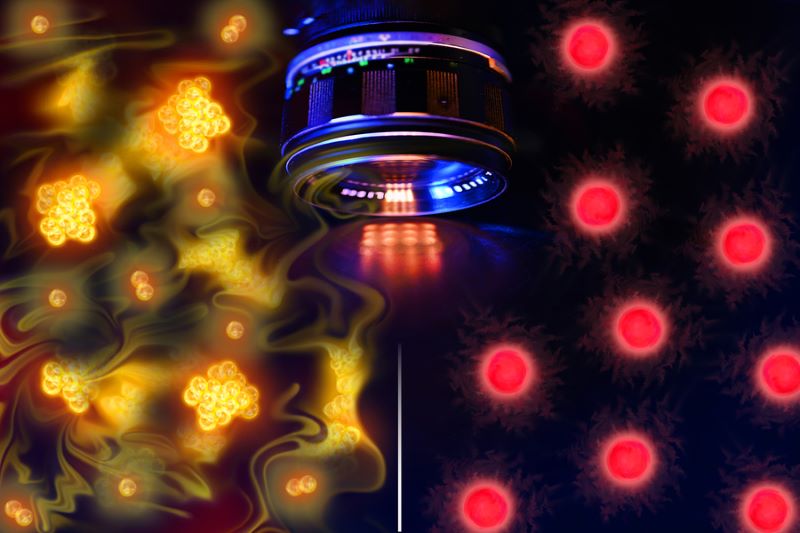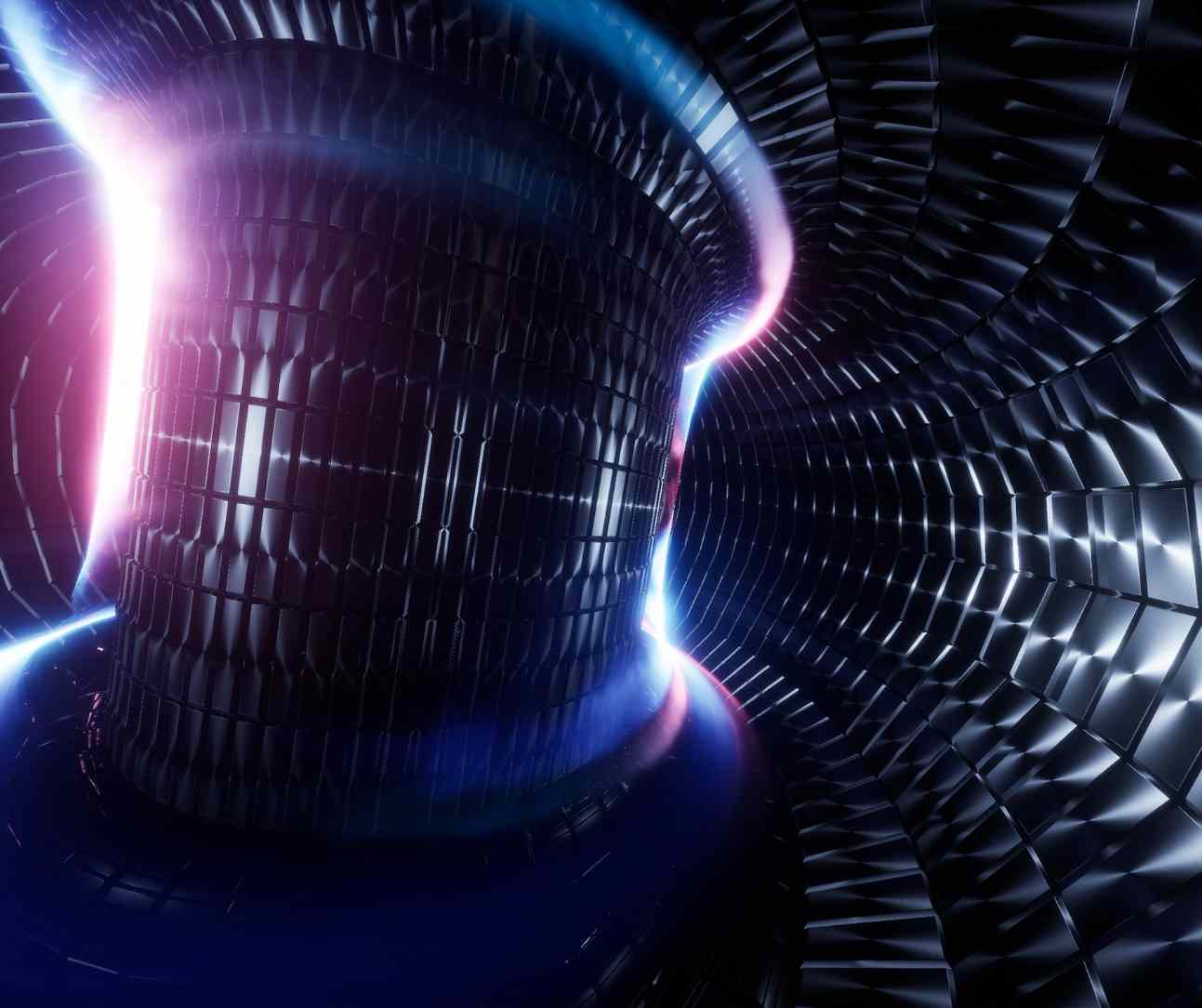In recent years, technological advancements in healthcare have paved the way for revolutionary treatments in various fields. Among these, implants restoring vision have garnered significant attention, especially for individuals suffering from severe visual impairments.
One of the most promising technologies in the field of vision restoration is retinal implants. These devices are to restore vision for people who have lost their sight. This could happen due to damage to the retina, particularly the macula. This is the central part of the retina responsible for sharp vision.
One company making headlines in this field is Science Corporation, which has developed the PRIMA retinal implant. This implant is being tested in clinical trials, with early results showing encouraging outcomes.
In a recent clinical trial, Science Corporation’s PRIMA implant demonstrated its ability to restore real “form vision” in patients with geographic atrophy (GA), an advanced form of age-related macular degeneration. GA is a debilitating condition that affects millions of people worldwide, leading to significant vision loss. The PRIMA implant, a brain-computer interface (BCI) technology, has given patients the ability to read and recognize faces again—a milestone in vision restoration.
Clinical Trials and Breakthrough Results
The PRIMA implant has undergone rigorous testing to ensure its safety and efficacy. A clinical study called PRIMAvera, which involved 38 patients with GA, showed remarkable results. Patients who received the implant experienced significant improvements in visual acuity, meaning they could perform tasks like reading and recognizing objects that were previously impossible.
According to the study, some patients improved their ability to read letters on a logMAR chart by up to 23 letters within 12 months of the procedure. In some cases, patients achieved even greater improvements, reading up to 59 letters (11.8 lines) more than before. These results indicate that the implant can restore enough vision for individuals to complete everyday tasks.
Max Hodak, CEO of Science Corporation, expressed excitement about the results, stating, “To my knowledge, this is the first time that restoration of the ability to fluently read has ever been definitively shown in blind patients. This represents an enormous turning point for the field.” His optimism signals that the technology is likely to become a viable treatment option in the near future.
How the PRIMA System Works
The PRIMA system is a visual prosthesis that includes a tiny, cable-free, photovoltaic implant surgically placed under the retina. The implant works in conjunction with special glasses equipped with a camera and projection system. A pocket-sized processor then refines and magnifies the image. This enables patients to see with clarity and precision.
This innovative system not only restores vision but does so with minimal invasiveness, which is a significant benefit for patients undergoing treatment. The implant’s ability to restore central vision opens up possibilities for those who have suffered from severe vision loss due to retinal degeneration.
The Future of Implants Restoring Vision
The potential of implants restoring vision goes far beyond the current clinical trials. As technology continues to evolve, there is hope that retinal implants could restore even greater visual function for patients with a variety of vision impairments. The field of brain-computer interfaces (BCI) is rapidly expanding. Companies like Science Corporation are at the forefront of this revolution.
It is estimated that over eight million people globally suffer from age-related macular degeneration. Many other people suffer from other forms of vision loss. With retinal implants, there is growing optimism that these individuals could regain their independence and improve their quality of life.









